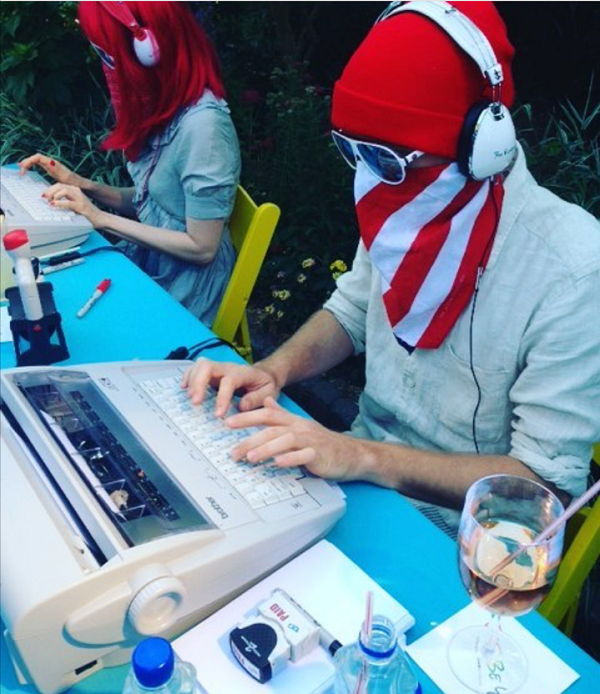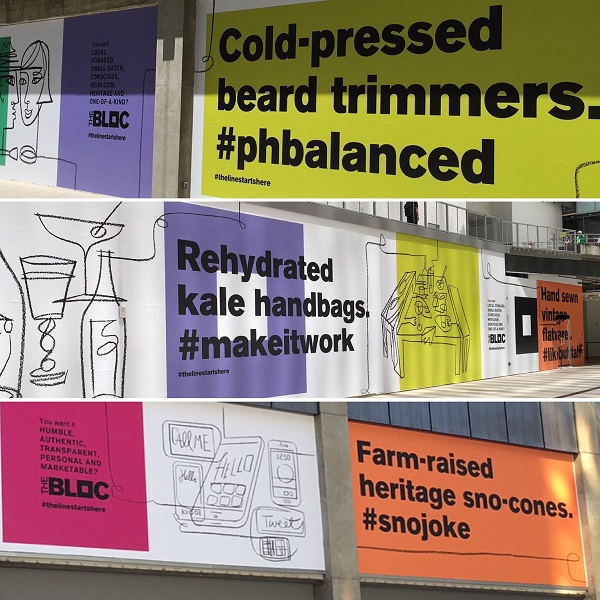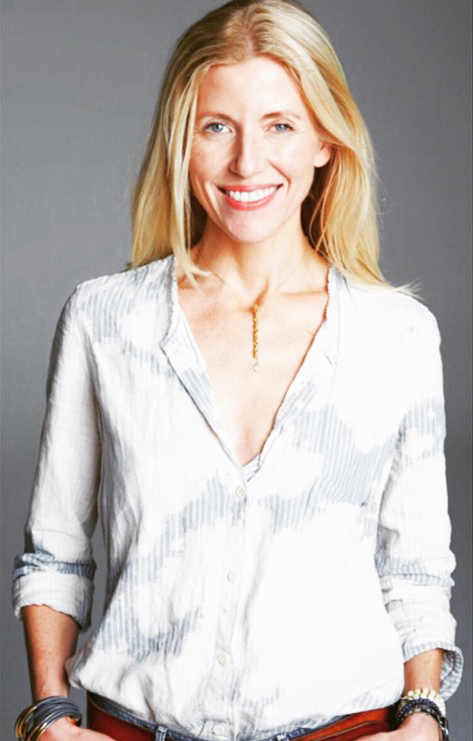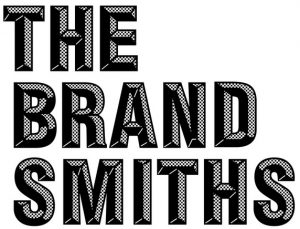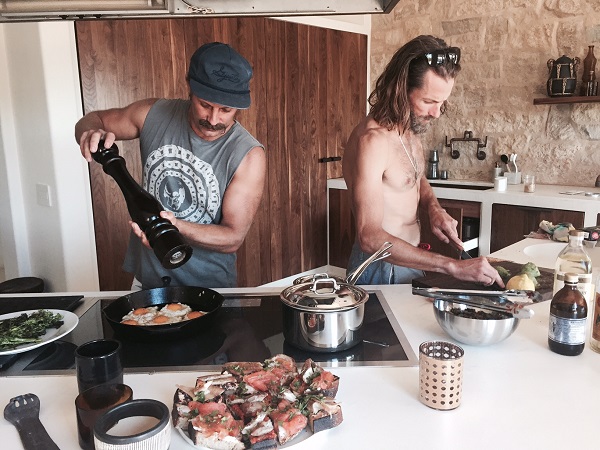
Last week’s post acknowledging the frustration of seemingly being imitated in the marketplace spawned an unusual amount of mail in my inbox. People have a lot of feelings about this topic. I think it actually goes even deeper than my original conclusion.
Here’s the thing.
Often in life, people ask …
Who does your hair?
What’s that recipe?
Where was that vacation?
Who designed your house?
Where did you buy that?
And most of us are only too happy to share our good finds with friends. But all of that changes when you suddenly run into those friends during Spring break at your secret little spot, or when they make a habit of bringing your signature chocolate chip cookies to Book Club, or they suddenly have your wardrobe. It’s just awkward. And weird. Not because they acted on your recommendation, but because they missed a critical element in the currency exchange of shared resources: acknowledgment.
How about checking the vacation dates?
Or citing the source?
And running it by… if it’s gonna be exactly the same?
It’s funny how a simple nod or inclusion in the process changes the dynamic entirely. It’s also interesting that when it doesn’t happen, you get a lot of insight about someone’s level of (or lack of) awareness.
It’s easy to diminish this stuff as unimportant or trite, but at the heart of any sharing of information is a sense of pride in having discovered/perfected/cracked the code of said thing.
Is it worth deep introspection? Probably not. But, it is nice to get a little credit when a personal rec has clearly been applied and deployed. But what’s even more valuable is to notice who gives a high-five (publicly or otherwise), and who does not. It can inform future decisions, and open the door to what else this person overlooks/presumes/takes for granted.
I don’t think any of us aims not to be generous or to see the worst in friends, but there’s something to be said about the art of selective reveals.
A simple “Oh, I don’t use a recipe — it’s an ad hoc salad,” should do the trick.



